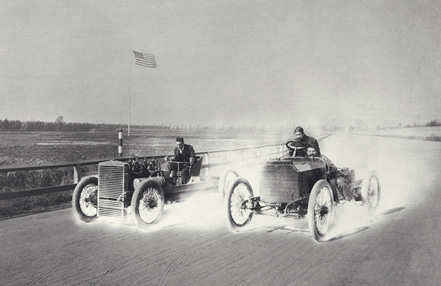
Henry Ford (left) only ran one race in his life, but he won it,
defeating Alexander Winton. It was 1901, and there wasn’t yet
a Ford Motor Company.
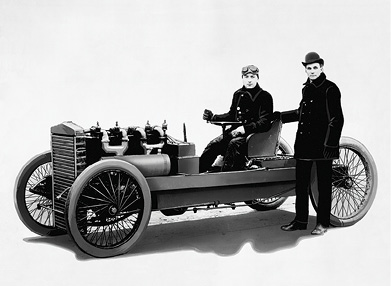
Ford won the race because his
less powerful car was more reliable than Winton’s,
which failed before the ten-lap race ended.
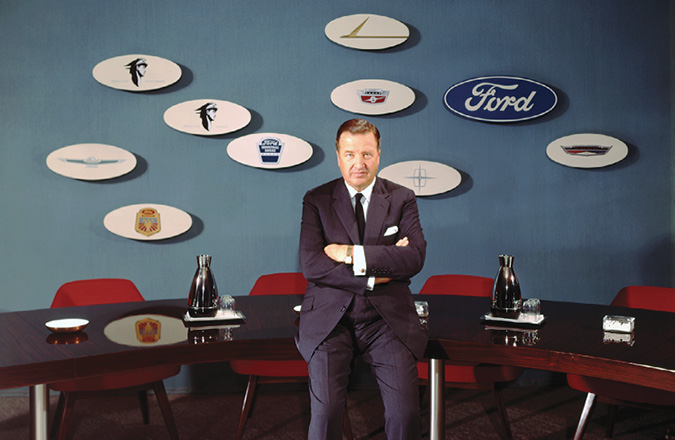
Henry Ford II could have lived a life of leisure. Instead, he took control of the Ford Motor Company and by the early 1960s, he set his sights on beating Ferrari.
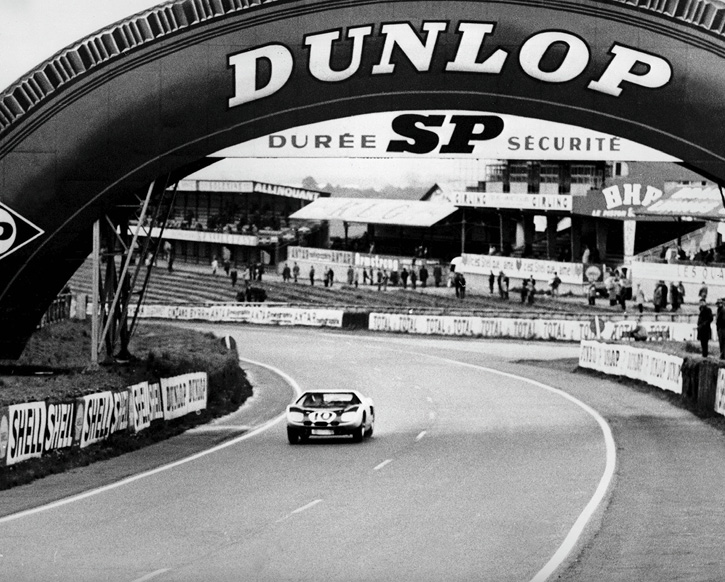
Ford’s early GT40s tasted defeat at Le Mans. Here’s a GT40 Mark I
passing under the famous Dunlop Bridge in 1964.
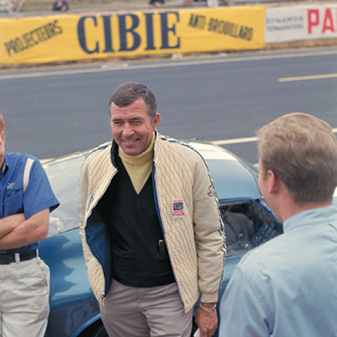
By the 1965 Le Mans campaign,
former winner Carroll Shelby had
taken over Ford’s effort.

A huge new 7.0-liter V-8 engine would propel the GT40 Mark IIs
to victory at Le Mans in 1966. Handling was sacrificed for raw speed.
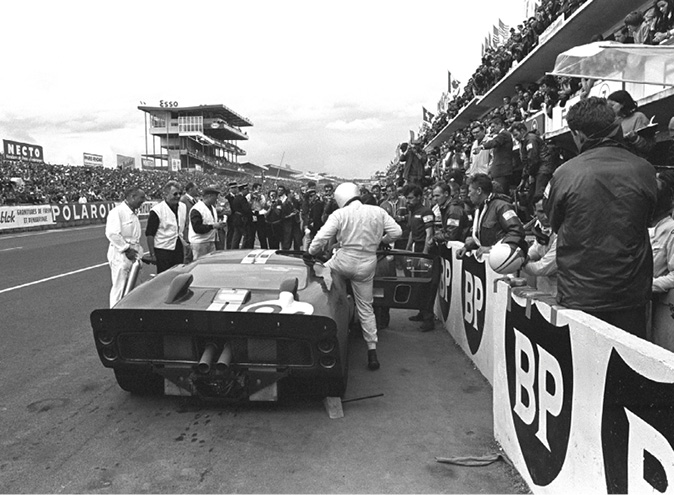
The GT40 got its name because it was so low: just forty inches tall.
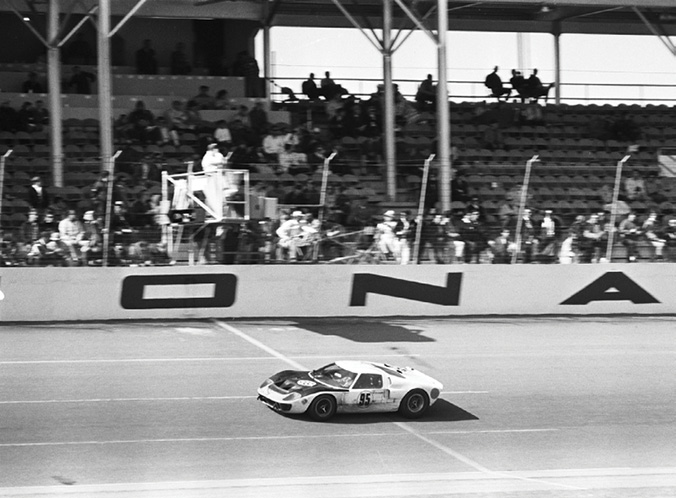 The GT40 wins at Daytona in 1966, beginning the assault on
The GT40 wins at Daytona in 1966, beginning the assault on
Le Mans that would come later in the year.
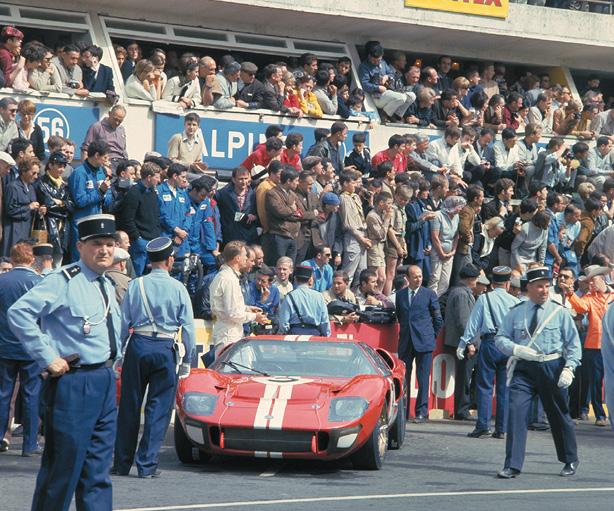
Dan Gurney was one of the Ford drivers who would pilot the GT40
around the demanding Circuit de la Sarthe in 1966.
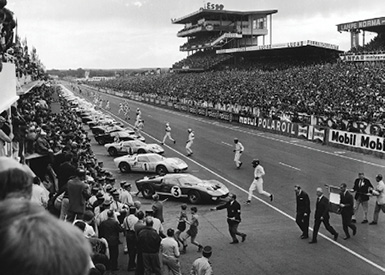
The dangerous “Le Mans” start. The drivers had to run to their cars,
start them, and quickly get up to speed. Buckling in was a waste of precious time.

Chris Amon and Bruce McLaren were the 1966 Ford drivers
who immortalized McLaren’s phrase “Go like hell!”
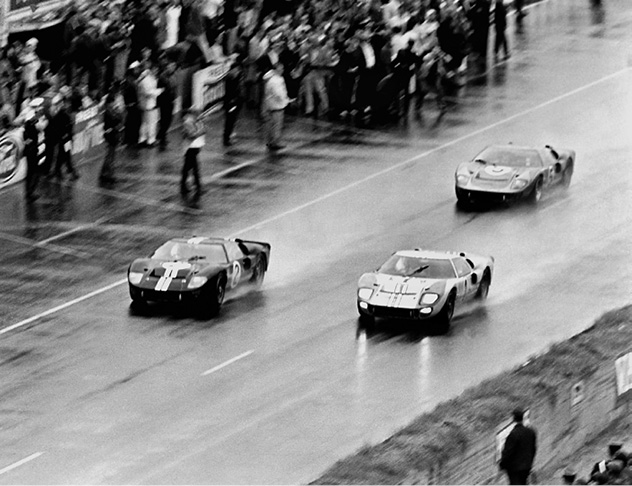
The legendary finish at the 1966 24 Hours of Le Mans.

The 1966 finish was controversial. Ford wanted a tie for the two GT40s driven by
Ken Miles and Denny Hulme and Bruce McLaren and Chris Amon. But McLaren
and Amon had started farther back, so race officials decided that they had
covered the greater distance and should get a win. Miles was incensed.
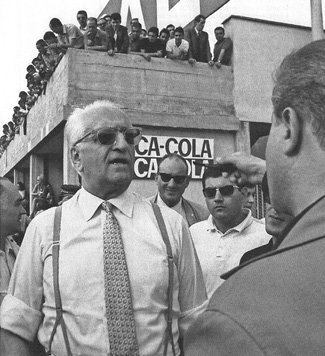
Enzo Ferrari built his legend from auto racing. He sold road cars so that
he could build race cars—and Le Mans was his playground in the 1960s.
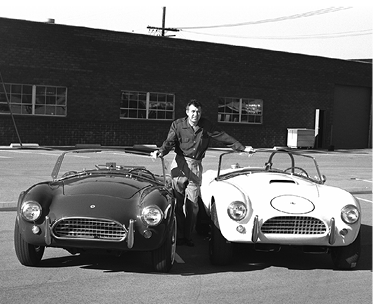
Carroll Shelby alongside a pair
of his race cars. Shelby and
his band of hot-rodders guided
Ford to victory in 1966.
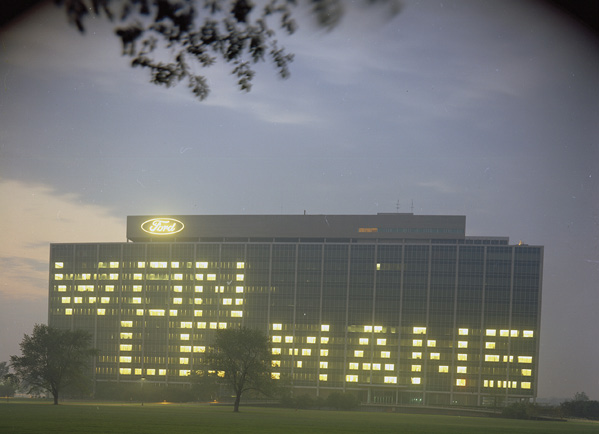
Another Le Mans win for Ford followed in 1967, and the company headquarters
in Dearborn was illuminated accordingly.
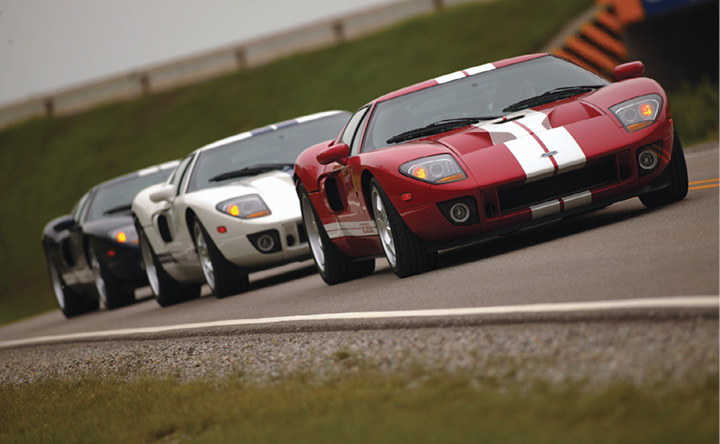
Prior to the new GT in 2015, Ford created a supercar in 2005 that bore the famous name.
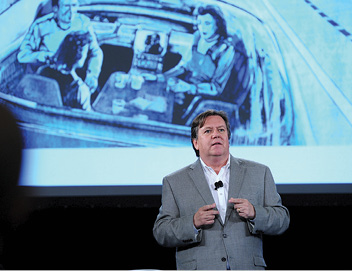
The Ford GT’s designer, Moray Callum.
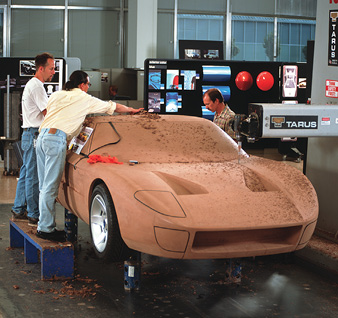
The 2005 GT, being sculpted as a
clay model by Ford’s designers.
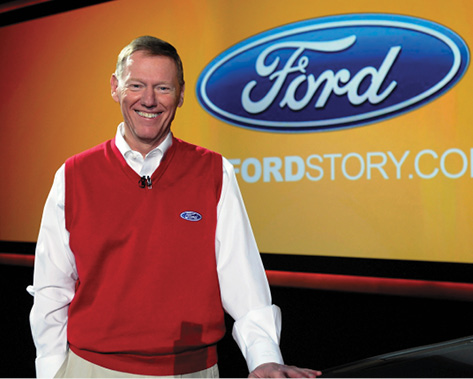
Alan Mulally wasn’t a “car guy” when he became Ford’s CEO in 2006,
but the former Boeing executive saved the automaker from bailout and bankruptcy.
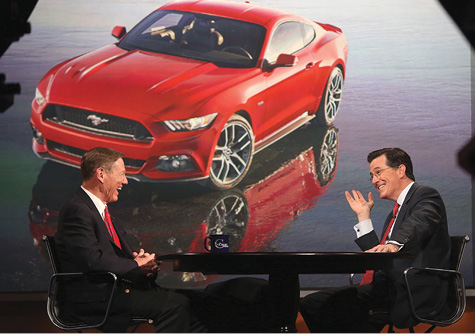
Alan Mulally joins Stephen Colbert on The Colbert Report
to talk about the Mustang in 2013.
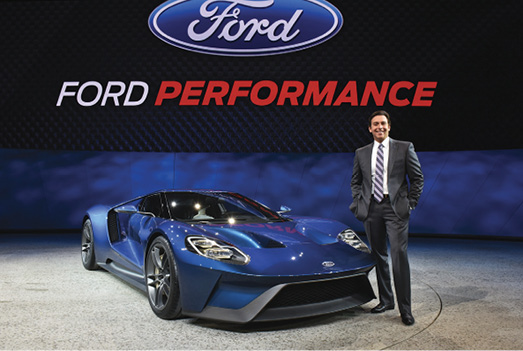
Current Ford CEO
Mark Fields alongside the new GT supercar.
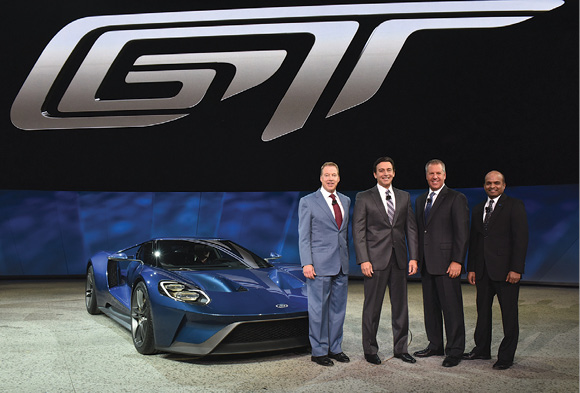
When the new GT was unveiled at the 2015 North American International Auto Show
in Detroit, jaws dropped throughout the car world.
From left to right: Bill Ford, executive chairman, Ford Motor Company;
Mark Fields, president and chief executive officer; Joe Hinrichs,
executive vice president and president, The Americas; Raj Nair, group
vice president and chief technical officer, Global Product Development.
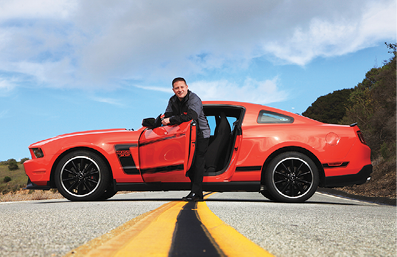
Dave Pericak was put in charge of Ford Performance and the GT
Le Mans campaign after reinventing the all-important Mustang.
He would endure the highest highs and the lowest lows.
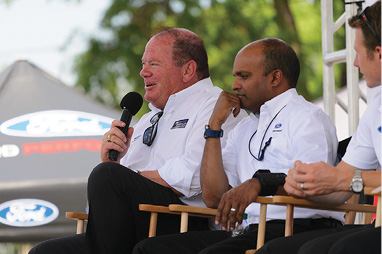
Racing team owner Chip Ganassi brought decades of experience to
Ford’s return to big-time endurance racing. Could he live up to
Carroll Shelby’s legacy?
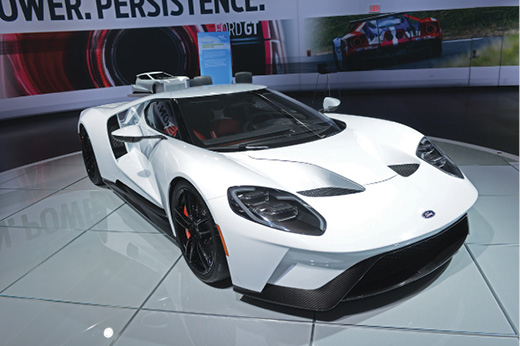
The GT was first shown in blue, but later began to make the rounds of
the auto show circuit in other colors, including a breathtaking white in 2016.

Bill Ford and his new baby. He inherited his family’s racing legacy, established
at Le Mans in the 1960s by Henry Ford II. But Bill Ford also had to steer Ford
through the financial crisis, as CEO and later as chairman.
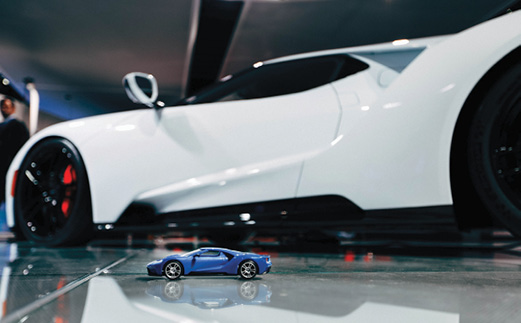
Ford created a small, snap-together model of the GT. I have one in my home.
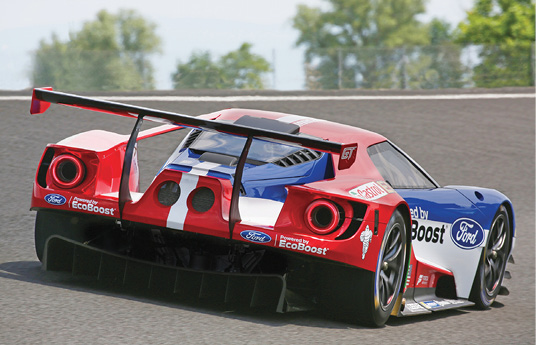
The racing version of the GT was built by Multimatic in Canada and had to
be rapidly tested on the track before it could make its racing debut in early 2016.
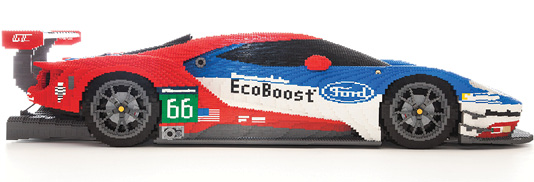
The buzz around the new GT race car prompted
LEGO to create a special version.
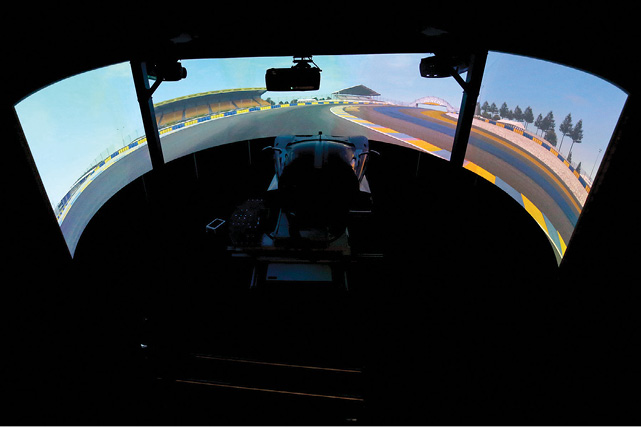
Ford’s racing simulator was the centerpiece of the carmaker’s Performance
Technical Center in North Carolina. Drivers were able to take virtual
practice laps around the Le Mans course.
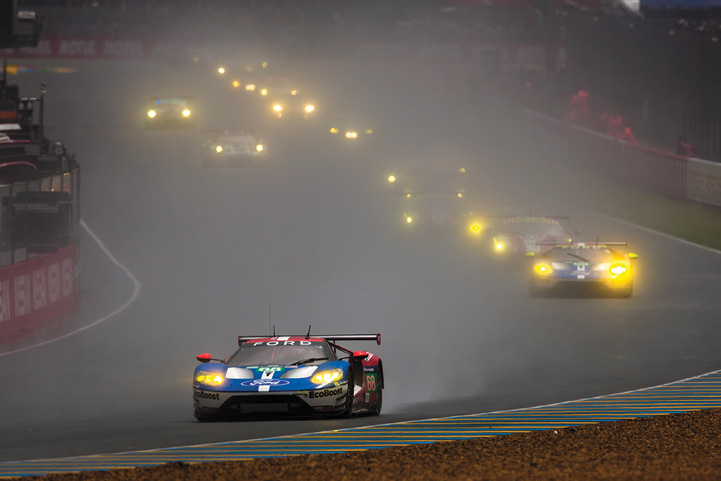
Rain hampered the start of the 2016 24 Hours of Le Mans, but the bad weather disappeared after about an hour and conditions remained good for the rest of the race.
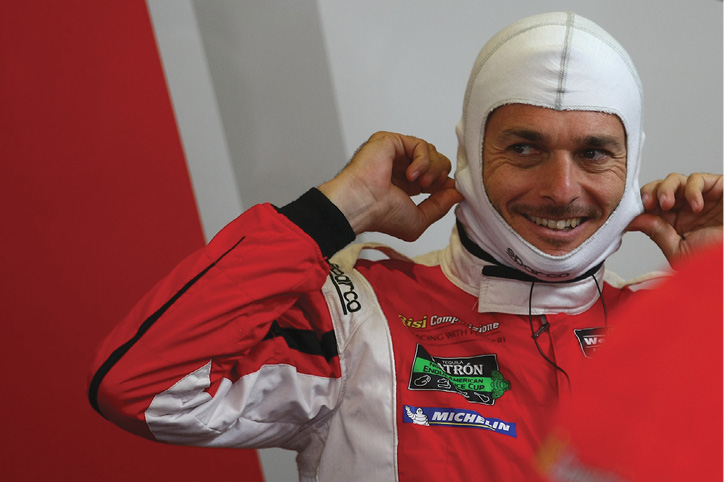
Giancarlo Fisichella proved that when it came to race-car driving for Ferrari,
he was willing to bleed red.

Ferraris ran in several racing classes at the 2016 24 Hours of Le Mans.
The Scuderia Corsa number 62 car won the GTE-Am class.
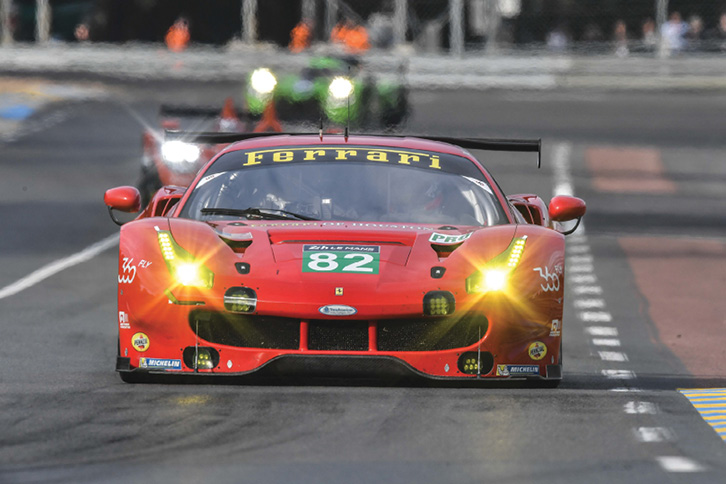
Both AF Corse Ferraris failed to finish in the GTE-Pro class, but the number 82
Risi Competizione 488 GTE captured second after a spectacular duel with Ford.
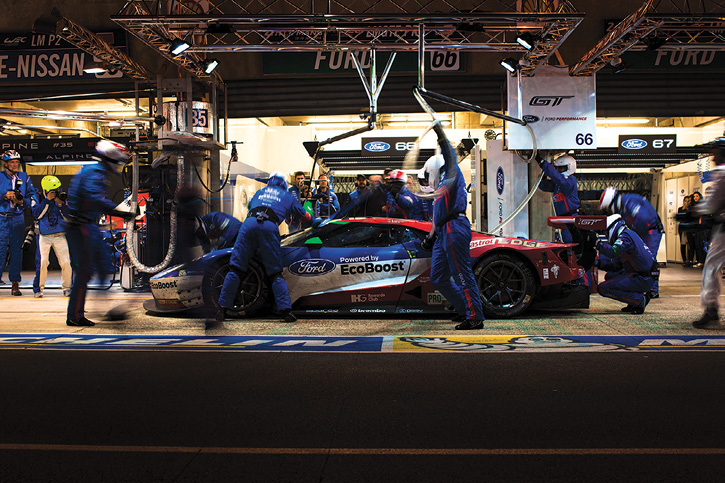
The team that can make the fewest pit stops—to refuel, change tires,
or make repairs—will often win Le Mans.
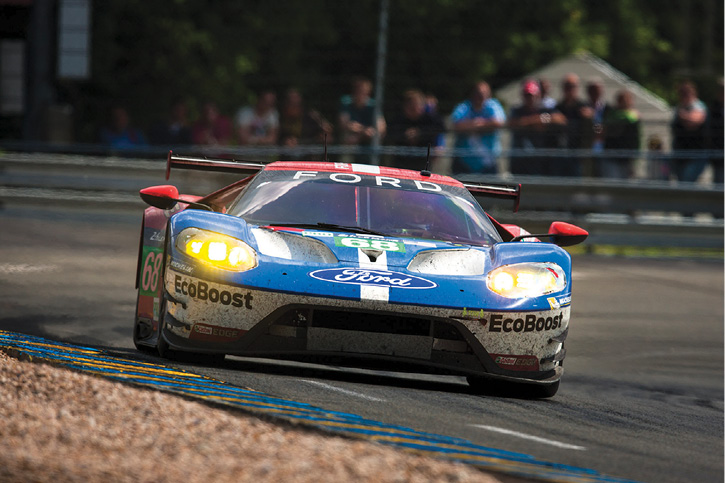
Fifty years to the day after Ford’s 1-2-3 1966 win, Ford’s GT racers went 1-3-4.
Once again, it had been Ford versus Ferrari. But in 2016, Ferrari fought to the end.
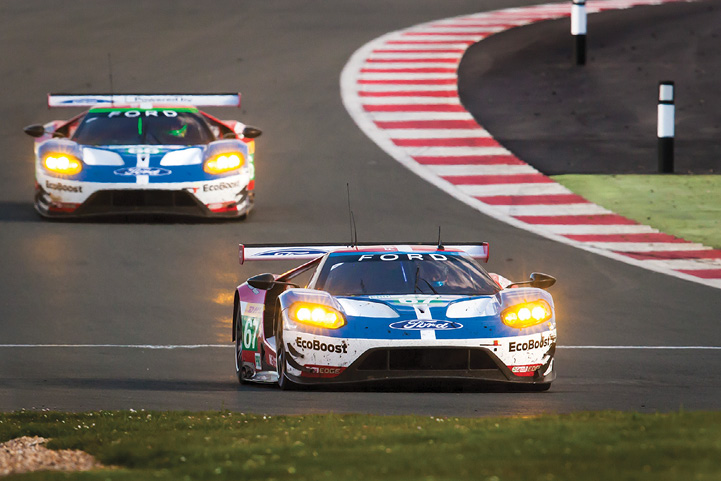
Four GTs in total took the Circuit de la Sarthe in France for the 24 Hours of
Le Mans: two from North America, and two from Europe.
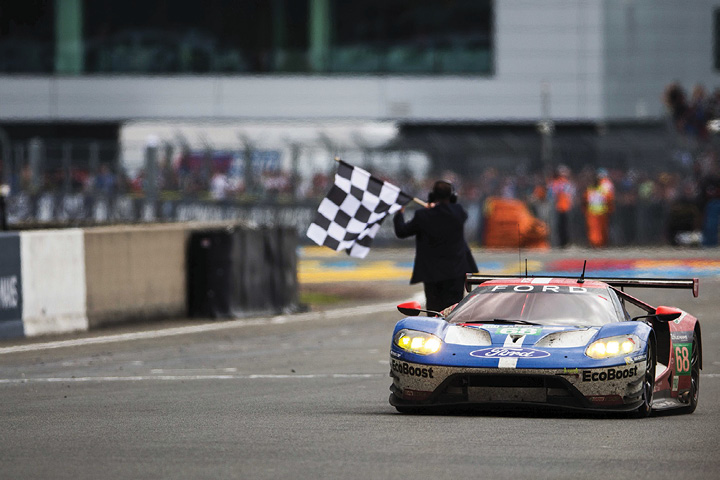
Ford crosses the finish line first at the 2016 24 Hours of Le Mans.
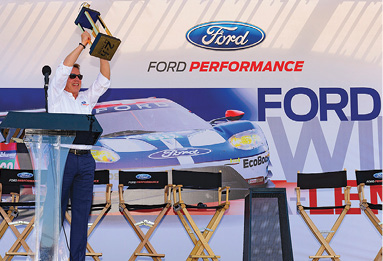
It was one of the greatest days in Ford’s history when
the 2016 24 Hours of Le Mans trophy came back to Dearborn
for a celebration with Ford’s employees.
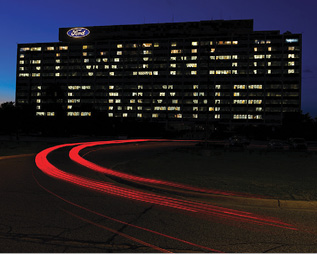
Back in Dearborn, Ford celebrated with style.
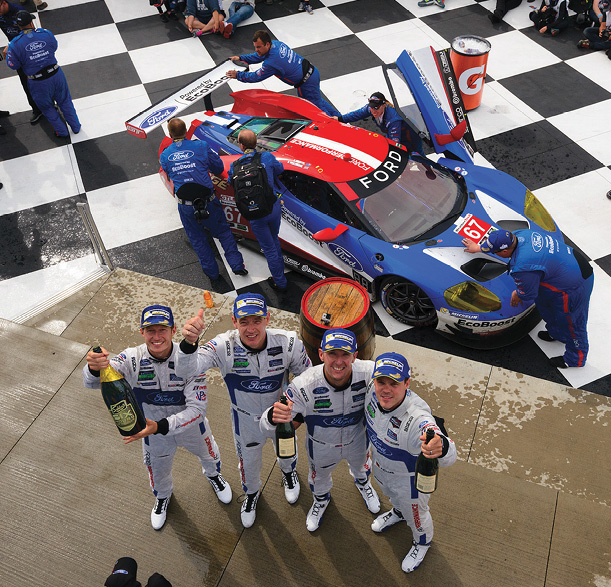
The GT’s drivers won races before and after Le Mans.